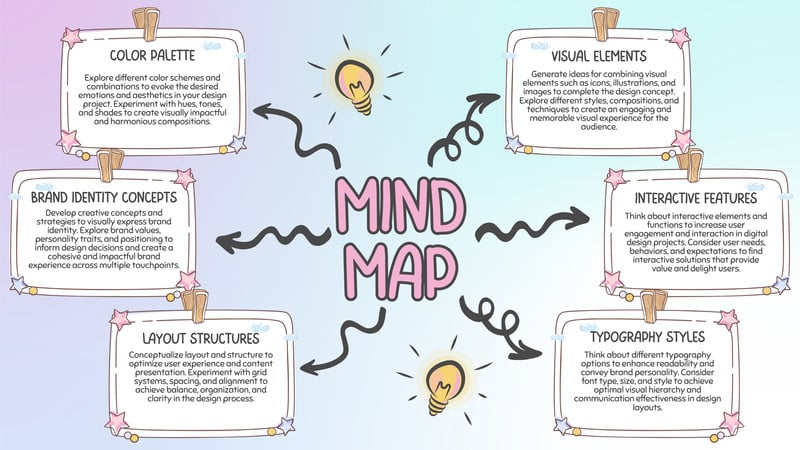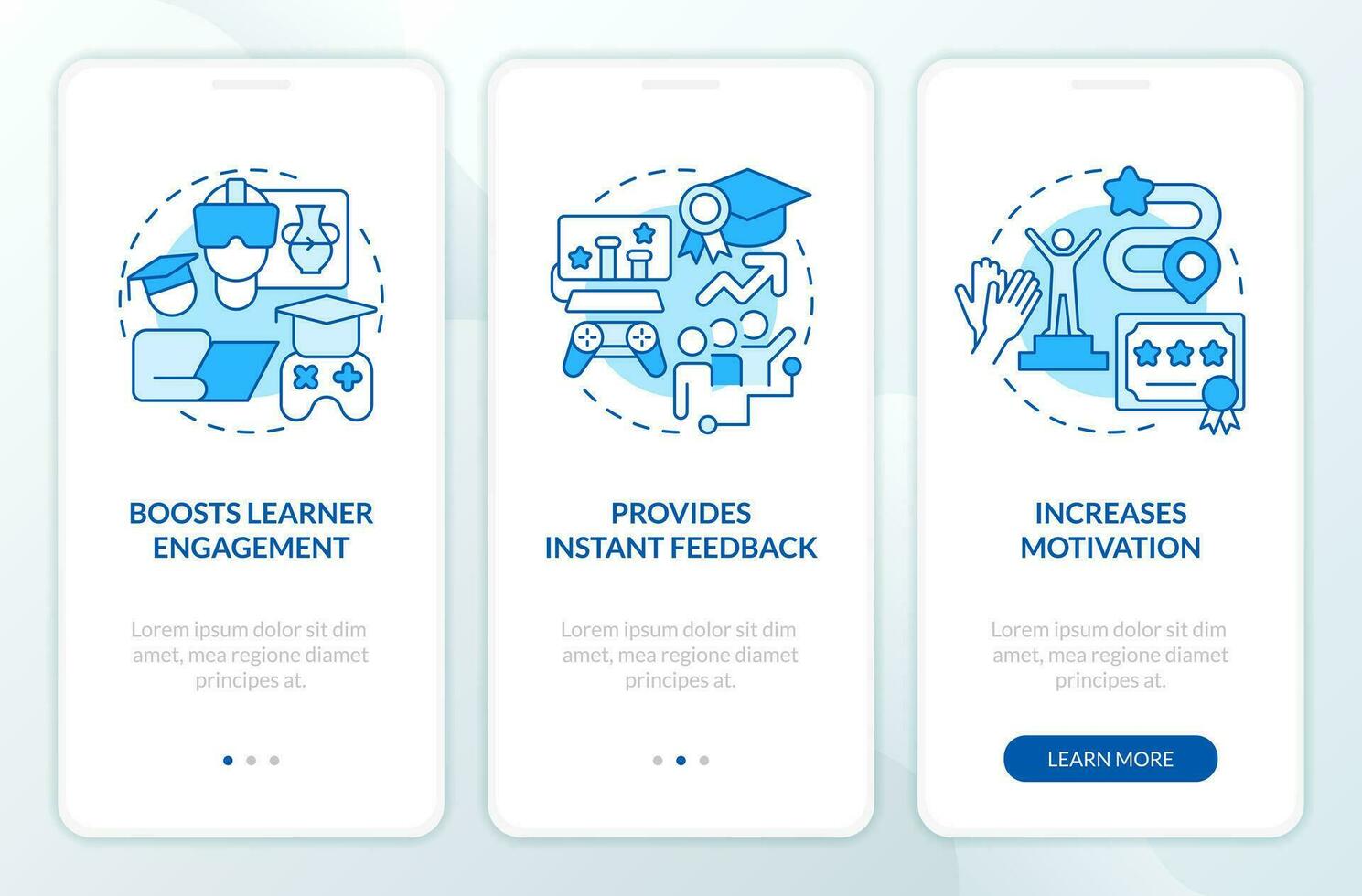Unlocking Potential: Effective Strategies for Teaching Students with ADHD



- Post a visual schedule of the day's activities.
- Establish clear and concise classroom rules.
- Use color-coded folders for different subjects.
- Provide a designated quiet area for focused work.
Strategy | Description | Benefit |
|---|---|---|
Visual Schedule | Displays the day's activities in a visual format | Provides predictability and reduces anxiety |
Clear Rules | Establishes specific and consistently enforced rules | Promotes positive behavior and reduces impulsivity |
Organizational Tools | Uses color-coded folders and assignment trackers | Helps students stay organized and manage their workload |
Quiet Area | Designates a quiet space for focused work | Reduces distractions and promotes concentration |
Strategy | Description | Benefit |
|---|---|---|
Visual Schedule | Displays the day's activities in a visual format | Provides predictability and reduces anxiety |
Clear Rules | Establishes specific and consistently enforced rules | Promotes positive behavior and reduces impulsivity |
Organizational Tools | Uses color-coded folders and assignment trackers | Helps students stay organized and manage their workload |
Quiet Area | Designates a quiet space for focused work | Reduces distractions and promotes concentration |

- Provide extended time on assignments and tests.
- Offer preferential seating to minimize distractions.
- Reduce the workload by breaking down tasks into smaller steps.
- Utilize assistive technology such as text-to-speech software.
Accommodation | Description | Benefit |
|---|---|---|
Extended Time | Provides additional time to complete assignments and tests | Reduces pressure and allows for more careful work |
Preferential Seating | Allows student to sit in a location that minimizes distractions | Improves focus and attention |
Reduced Workload | Breaks down tasks into smaller, more manageable steps | Reduces overwhelm and promotes task completion |
Assistive Technology | Utilizes tools such as text-to-speech software | Supports reading comprehension and reduces frustration |
Accommodation | Description | Benefit |
|---|---|---|
Extended Time | Provides additional time to complete assignments and tests | Reduces pressure and allows for more careful work |
Preferential Seating | Allows student to sit in a location that minimizes distractions | Improves focus and attention |
Reduced Workload | Breaks down tasks into smaller, more manageable steps | Reduces overwhelm and promotes task completion |
Assistive Technology | Utilizes tools such as text-to-speech software | Supports reading comprehension and reduces frustration |

- Provide positive reinforcement and praise for effort and achievement.
- Actively listen to student concerns and provide support.
- Maintain regular communication with parents and caregivers.
- Create a safe and supportive classroom environment.
Strategy | Description | Benefit |
|---|---|---|
Positive Reinforcement | Provides praise and rewards for effort and achievement | Motivates students and builds self-esteem |
Active Listening | Actively listens to student concerns and provides support | Builds trust and rapport |
Regular Communication | Maintains regular communication with parents and caregivers | Fosters collaboration and consistency |
Safe Environment | Creates a safe and supportive classroom environment | Encourages risk-taking and help-seeking |
Strategy | Description | Benefit |
|---|---|---|
Positive Reinforcement | Provides praise and rewards for effort and achievement | Motivates students and builds self-esteem |
Active Listening | Actively listens to student concerns and provides support | Builds trust and rapport |
Regular Communication | Maintains regular communication with parents and caregivers | Fosters collaboration and consistency |
Safe Environment | Creates a safe and supportive classroom environment | Encourages risk-taking and help-seeking |

- Implement a positive reinforcement system to reward positive behavior.
- Use a token economy to provide tangible rewards for meeting goals.
- Develop behavior contracts to outline expectations and consequences.
- Teach self-monitoring strategies to promote self-regulation.
Technique | Description | Benefit |
|---|---|---|
Positive Reinforcement System | Rewards positive behavior with praise or small prizes | Motivates students and encourages desired behavior |
Token Economy | Provides tokens for meeting goals that can be exchanged for rewards | Provides tangible rewards and promotes consistent effort |
Behavior Contract | Outlines expectations and consequences in a written agreement | Provides clear guidelines and promotes accountability |
Self-Monitoring | Teaches students to monitor their own behavior using checklists or timers | Promotes self-regulation and responsibility |
Technique | Description | Benefit |
|---|---|---|
Positive Reinforcement System | Rewards positive behavior with praise or small prizes | Motivates students and encourages desired behavior |
Token Economy | Provides tokens for meeting goals that can be exchanged for rewards | Provides tangible rewards and promotes consistent effort |
Behavior Contract | Outlines expectations and consequences in a written agreement | Provides clear guidelines and promotes accountability |
Self-Monitoring | Teaches students to monitor their own behavior using checklists or timers | Promotes self-regulation and responsibility |








